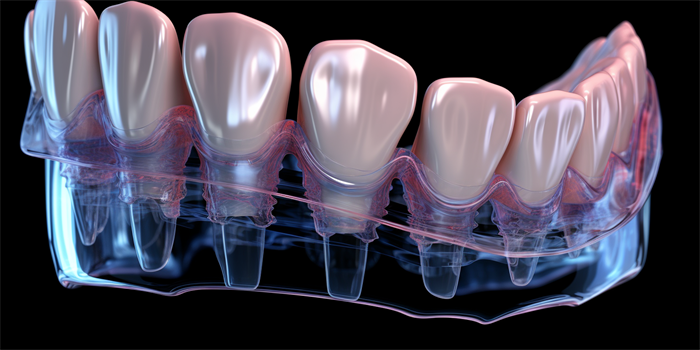Understanding the Risks of Dental Bridges in Aitape
Dental bridges are a common solution for replacing missing teeth, offering a functional and aesthetic restoration. However, like any dental procedure, they come with certain risks and potential complications. In Aitape, as in other regions, it is crucial for patients to be aware of these risks to make informed decisions about their dental health. This article delves into the various aspects of potential risks associated with dental bridges, providing a comprehensive overview for patients and dental professionals alike.

1. Structural and Material Risks
One of the primary concerns with dental bridges is the material and structural integrity. Bridges are typically made from materials such as porcelain fused to metal, all-ceramic, or zirconia. Each material has its advantages and disadvantages. For instance, porcelain fused to metal bridges can have a metal allergy risk, while all-ceramic bridges may be more prone to chipping or fracture. In Aitape, where environmental conditions and dietary habits might differ, the durability and longevity of these materials can be affected, potentially leading to early replacement or repair needs.
2. Oral Health Impact
Dental bridges, while replacing missing teeth, can also impact the overall oral health. The process of placing a bridge involves altering the teeth adjacent to the gap, which can lead to sensitivity or decay if not properly managed. Additionally, the bridge can create areas that are difficult to clean, increasing the risk of plaque buildup and gum disease. In Aitape, where regular dental check-ups might not be as frequent, these risks could be exacerbated, leading to more severe oral health issues over time.
3. Prosthetic Fit and Comfort
The fit of a dental bridge is crucial for both comfort and effectiveness. A poorly fitted bridge can cause discomfort, difficulty in chewing, and even speech impediments. In Aitape, where access to advanced dental technology might be limited, ensuring a precise fit can be challenging. This could result in the need for adjustments or refitting, adding to the overall cost and duration of the treatment. Proper consultation and follow-up care are essential to mitigate these risks.
4. Long-Term Maintenance and Longevity
The longevity of a dental bridge depends significantly on the patient's oral hygiene practices and regular dental care. Bridges require diligent cleaning to prevent issues like decay or gum disease around the abutment teeth. In Aitape, where cultural and economic factors might influence dental care routines, ensuring long-term maintenance can be a challenge. Educating patients about the importance of oral hygiene and regular check-ups is vital to extend the lifespan of the dental bridge.
5. Psychological and Social Impact
While less discussed, the psychological and social impact of dental bridges should not be overlooked. The appearance of a dental bridge can affect a patient's self-esteem and confidence, particularly if the bridge does not match the natural teeth or if it becomes damaged. In Aitape, where community and cultural factors play a significant role, the social acceptance of dental bridges can influence a patient's decision and satisfaction with the treatment. Ensuring that the aesthetic outcome aligns with the patient's expectations is crucial for overall patient satisfaction.
Frequently Asked Questions (FAQ)
Q1: How long do dental bridges typically last?
A1: Dental bridges can last between 5 to 15 years, depending on the material used, oral hygiene practices, and overall dental care.
Q2: Can a dental bridge affect my speech?
A2: Yes, initially, a dental bridge might affect speech, causing slight lisping or difficulty in pronouncing certain words. However, most patients adapt within a few days to weeks.
Q3: Are there any dietary restrictions after getting a dental bridge?
A3: It is recommended to avoid hard, sticky, or chewy foods immediately after getting a dental bridge. Gradually, you can resume a normal diet, but it is advisable to avoid habits like biting nails or using teeth as tools to prevent damage to the bridge.
Q4: How often should I visit the dentist after getting a dental bridge?
A4: Regular dental check-ups every 6 months are recommended to ensure the bridge is functioning properly and to address any issues early.
Understanding the risks associated with dental bridges in Aitape is essential for both patients and dental professionals. By addressing these aspects and providing comprehensive care, the benefits of dental bridges can be maximized, ensuring better oral health and patient satisfaction.




